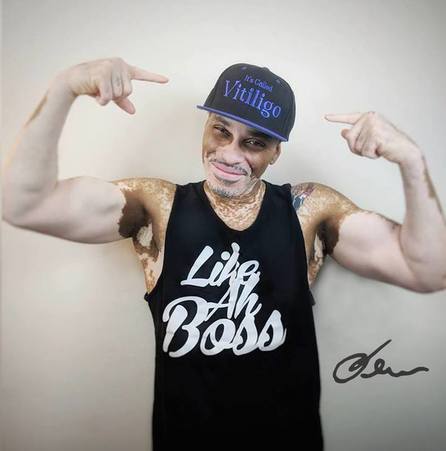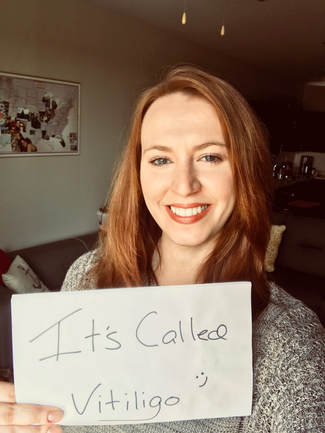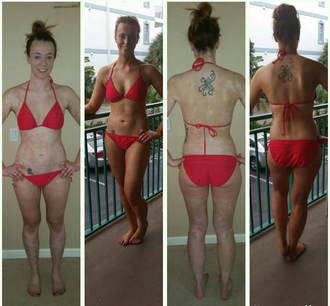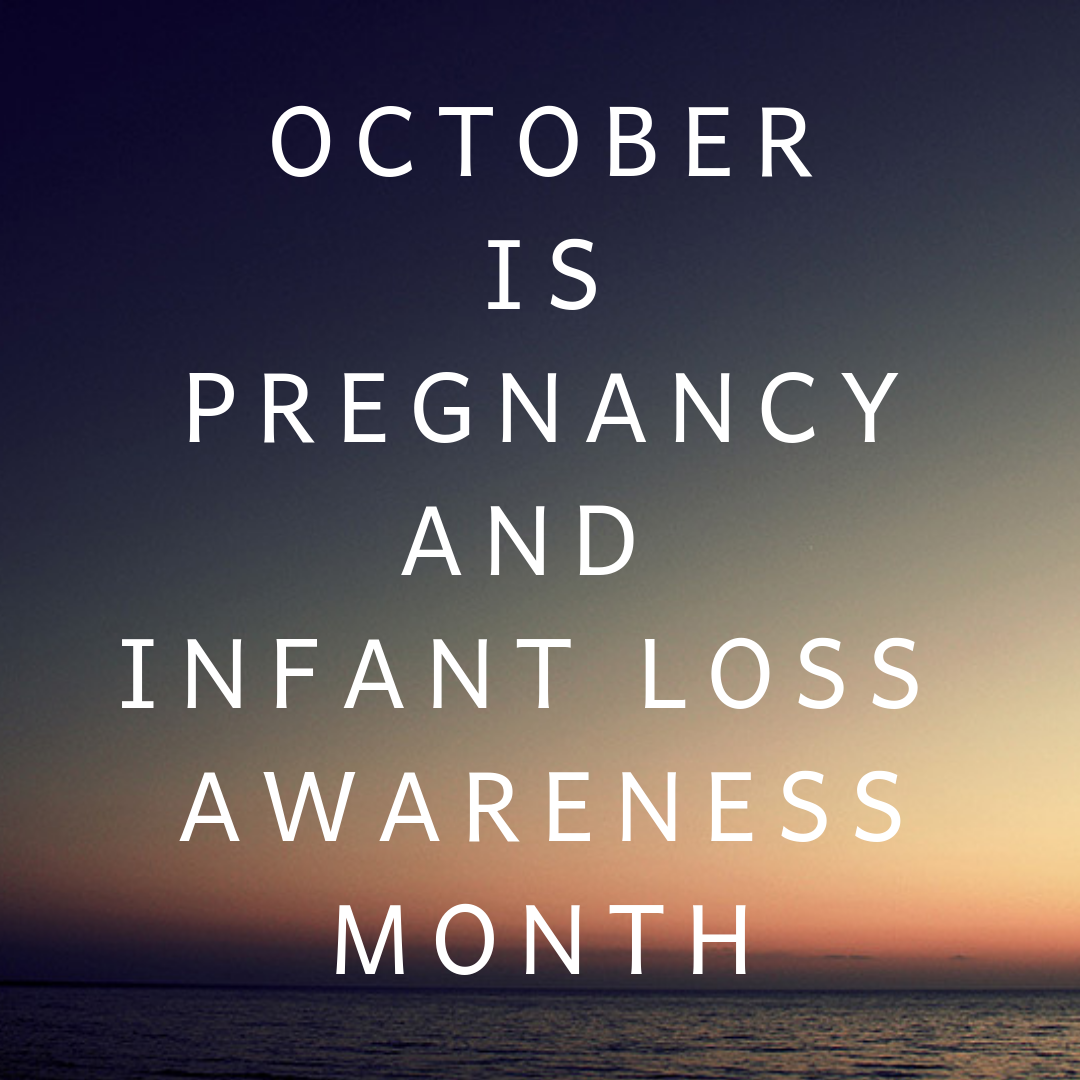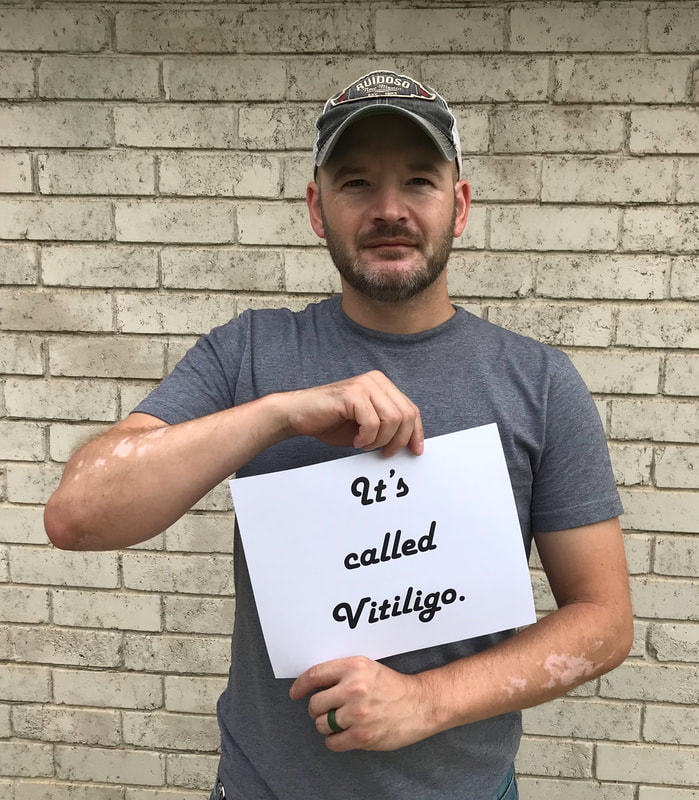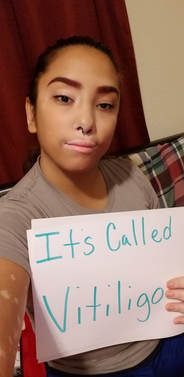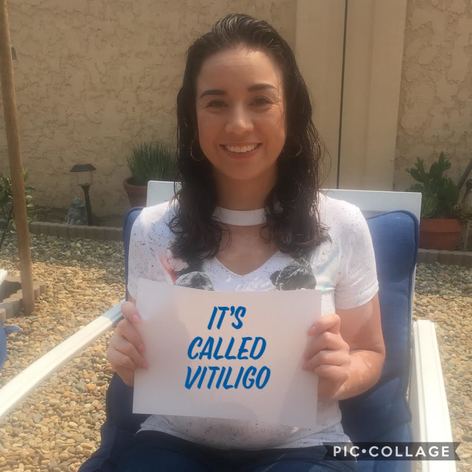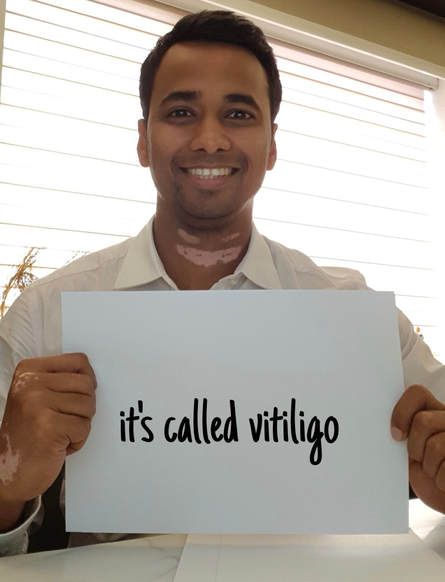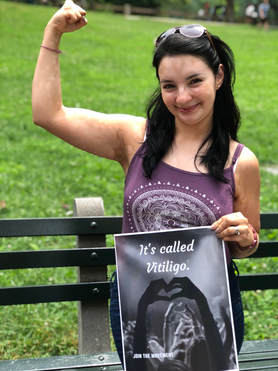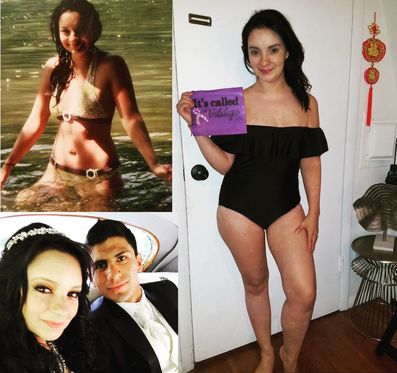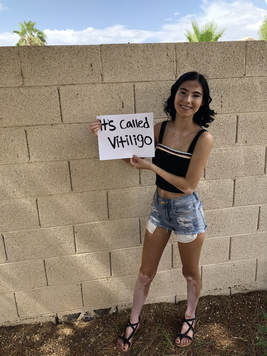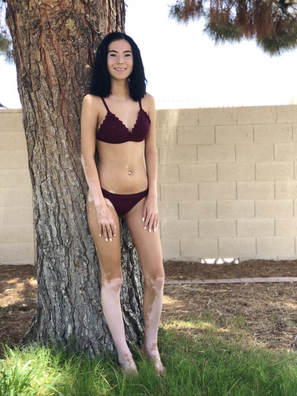|
My name is Andre N. Joachim Jr. and I currently reside in Illinois. I was raised in Joliet, Illinois but I currently live in DeKalb, Illinois, where I am pursuing my PhD in Counselor Education & Supervision. The way I felt about having Vitiligo is much different than how I feel about having Vitiligo now. I have had Vitiligo for 25 years now. I feel that Vitiligo carries a magnitude of thoughts, reactions, and emotions. It deserves to be acknowledged as something that should not be taken lightly. Having Vitiligo has allowed me to empathize, connect, and look beyond surface beauty. It has given me a larger connection with human existence and has redefined what beauty means to me. It is easy to say we understand what someone is experiencing, but having Vitiligo allows me to understand when someone says they feel self-conscience about their weight, a visual scar, or their looks. I would never have had that same connection without having Vitiligo. It has opened me to a deeper sense of emotions that I never knew existed. My initial reaction to seeing spots on my body was shock! I had no idea or clue what it could be. I was 18 when I first noticed my Vitiligo spots. I was not diagnosed until I was 19, even though I had visited the doctor at the age of 18. The practitioner had no idea what those spots were or how they manifested on my body. At the time there was not a lot of information, awareness, or support for people diagnosed with Vitiligo. It was really hard to have conversations about Vitiligo when I did not fully understand it. I found dating to be traumatic and disastrous. There were times that people stared or gawked, called me monster, or any animal with black and white stripes or spots, but the looks of disgust were the hardest to deal with. At times I was even turned down from fast food places like McDonalds, because the manager thought I had some kind of contagious disease. How disheartening is this? to get turned away from a job that hires anyone with minimal skills! Most of the time I lied about my Vitiligo diagnosis. I would lie and say it was a birthmark, chemical burn, or that I was in a fire. My family tried to be supportive, but they were just as shocked as I was. To their knowledge no one in my family ever had Vitiligo . I can truly say without a doubt that my family not only supports me emotionally, but they have also made it their mission to support my entire Vitiligo community. There was a brief time when I did seek treatment. At first I tried creams to repigment my skin. Then my white patches spread over 40% of my body, at that point I tried to depigment. I gave up when I felt some negative side effects. I had some support at the time, so trying to find treatment was not a priority. Over the course of time, I met several people with Vitiligo. I met one woman namedMargot, a Professor who used to tell me every time I saw her, “honey you are so handsome and beautiful.” She taught me how valuable it was to strengthen your support system and have people in your life that valued you for not only how you look, but for what you carried on the inside. She looked past my physical appearance and saw my soul. Once I opened myself to receive those words from her, I started seeing there were other people who supported me as well. That is when I started embracing my Vitiligo. Even until this day, I never knew my support system would grow so much. I started friending people with Vitiligo on social media. Through social media, I heard of the World Vitiligo Day conference. I was encouraged to attend this conference with the support of my dearest friends. After this event, I fell deeper in love with my Vitiligo and my Vitiligo Family. Vitiligo has given me a chance to bring healing, acceptance, and connection to others in and out of our community. It has helped me embrace my role as an advocate. I am not interested in a cure for myself but I am supportive of a cure for others. We all experience our Vitiligo in many different ways. Finding a cure is not about me, it is about helping others who are struggling or experiencing a negative quality of life due to their diagnosis. As for me, I will be rocking my Vitiligo regardless of how many spots I gain or how many spots I lose. Photo by: Olen author Andre N. Joachim Jr. |
| For years, Christina Vavro, has been bullied, stared at, and questioned about her Vitiligo. She has been called “white legs” and “cow.” She has had many people ask her if she was burned or if the spots were a birthmark, but Christina never took it to heart. For Christina, it did not matter what people said because she loves it and that is all that matters.People have told her to wear pants and cover up because the spots on her legs are ugly. She has been living with Vitiligo for the past 10 years. As an 18 year old from Chandler, Arizona, she first noticed her Vitiligo when she was only 8 years old and had no idea what it was. Even though she was worried, her family remained very calm. They were determined to seek treatment at the Skin and Cancer Center in Chandler. Christina was prescribed creams to apply every day and night. Dismally, the treatment did not work for her. Her first spots were around her eyes and on her legs. She used concealer, foundation, and self tanners to try and cover up the noticeable white patches but it didn’t feel right to her. She didn’t feel like herself. Christina is a strong, inspiring, and self-assured woman. Even being a teenager with Vitiligo, she remains her authentic self. Christina shared, “I was always a very confident person but I would look at other girls and remember how I had tan legs and no spots. Sometimes I would feel insecure about it but over the few years I have learned to love my spots. Now that i’m a little bit older, I find it unique and amazing to have something that people can ask me about.” She now finds the beauty in embracing her spots. “Growing up with vitiligo was never stopped me from being myself or going outside and exposing my skin.” Christina’s self love helped her get through the hardships of living with Vitiligo. “Accepting that I have Vitiligo has been the best thing I have ever done. It has helped me love who I am. It is a part of me that I would never take away.” Photos by Christina Vavro. |
author Tiffany Grant
@itscalledvitiligo.grant
I have been living with Vitiligo for 21 years. My first spots appeared on my knees at the age of 7. I decided to get the tattoo "It's called Vitiligo" a few years back to put a name to the disease and help educate others. Many sources, including Women's Health Magazine and the Daily Mail, shared my story around the world, spreading awareness and breaking down the stigma of living with Vitiligo. From Brooklyn, NY, I continue to advocate and raises awareness for Vitiligo.

